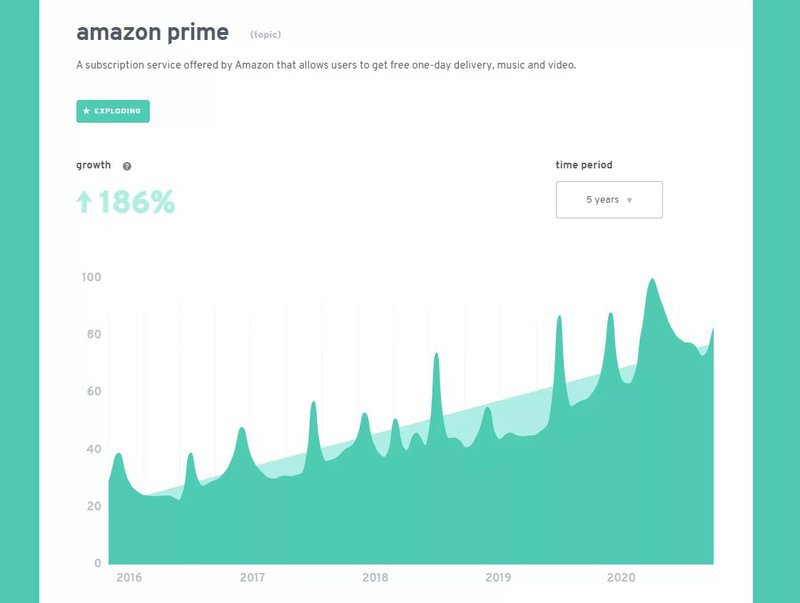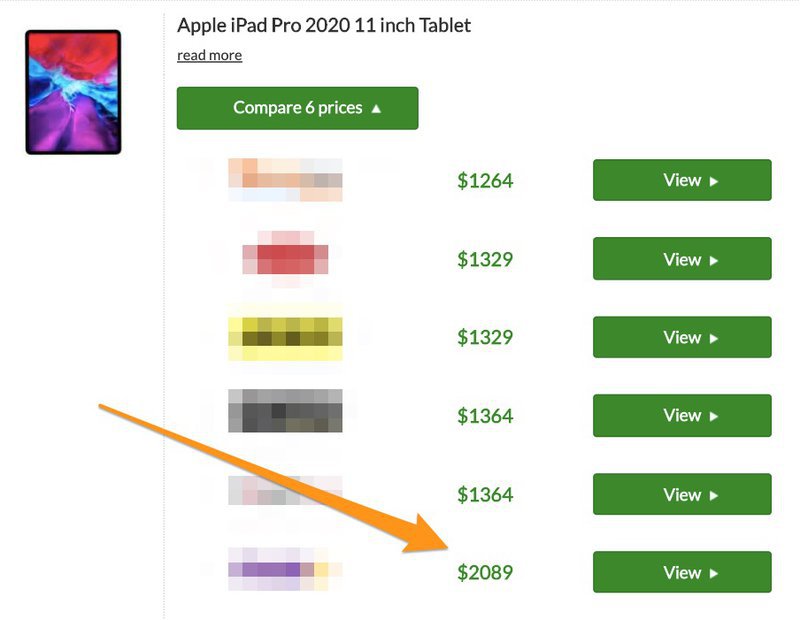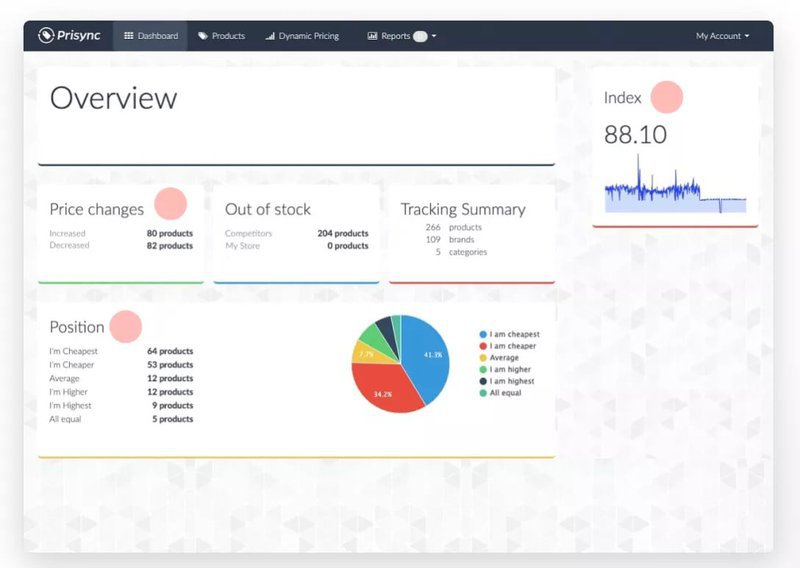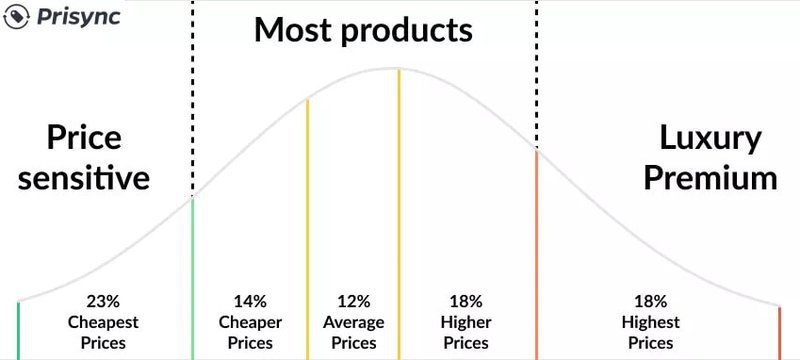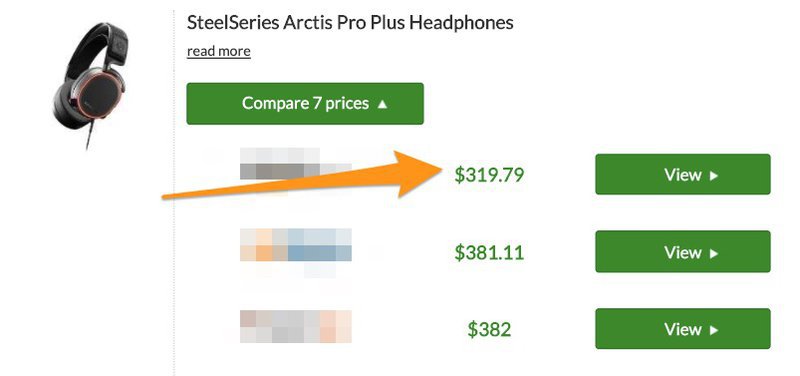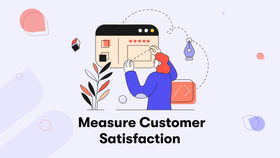The Ultimate Guide to Ecommerce Pricing Strategy
Learn how to automate your pricing, stay competitive and dominate on every platform and marketplace.
Updated November 6, 2024.

Written By Başak Sarıçayır from Prisync
Price is one of the major factors of any commerce (both online and in-store).
And you might have heard some of the pricing strategies that brick and mortar stores use to maximize their profit, but eCommerce has taken pricing to a whole other level.
Let’s first talk about the basics.
Here are the 3 most common pricing strategies:
There are 3 common pricing strategies that everyone knows about.
Cost-based pricing
This is when a company calculates all the costs that go into making the product, and then sets a target margin.
Competitor-based pricing
This is when a company prices its’ product based on how a competitor prices theirs.
Consumer or value-based pricing
This type of pricing strategy takes into account all the value that a consumer would contribute to the product, and then price it according to that.
A classic example is Apple’s iPhone products that are sold at increasingly higher prices because of the perceived value of the brand and not the costs of the electronic parts in them.
Pricing Intelligence
Pricing intelligence (or competitor price monitoring) refers to the awareness of the changes in price and their impacts on your business.
This involves monitoring your competitor’s pricing, across the channels, platforms, and marketplaces that you are in.
You might be wondering, that sounds competitive, why can’t I just calculate my costs, and add a few bucks?
Let me explain.
If you’re still adding a markup on your cost to find the selling price (cost-based pricing), you’re missing tremendous sales opportunities.
Here’s why.
Online consumers like to go price shopping.
With everything at our fingertips, why not find the best deal?
Studies show that 70% of shoppers say competitive pricing is the most important factor when choosing a product, above all else.
Pricing remains a top priority for the modern consumer, who's buying journey differs greatly from that of the previous generation, when brand loyalty was everything.
That’s why Amazon has worked so hard to grow its’ Amazon Prime membership.
And the fact that price comparison websites are among the highest traffic websites across the world tells us that price comparison is already a part of our buying journey.
So, if you’re still setting your prices based on your costs and target profit margins, you’re already losing sales.
Then what’s the right way of pricing a product in a highly competitive market?
Head over to our next topic to learn more.
Competitor Pricing Strategy
Track your competitors
You have to be aware of your competitors’ pricing, otherwise, you can lose a lot of sales.
Look at this example.
Why would anyone pay $2089 for an iPad when they can get the same exact model for $1264?
Beats me.
If you ignore your competitors’ pricing you can end up setting a price that’s way above the market average.
And then your product gets to sit out there like a lame duck.
It’s much harder to track competitor pricing for an eCommerce brand for 3 reasons:
- It takes way too much time to track ALL of your products
- There are too many platforms to track pricing on
- You need a gazillion spreadsheets to have a handle on profit margins for each product, on each of the platforms or marketplaces.
That’s why you need to use a pricing automation tool.
Use a price automation tool for competitor tracking
Manually tracking 20 competitors on 50 products takes approximately 12.5 hours.
And before you can complete the task even once, your data becomes obsolete.
We’re used to seeing hourly, or even minute-by-minute changes in online prices.
That’s why you should use a price tracking tool like Prisync, which automatically collects competitors’ price and stock information for you and shows them in a single dashboard.
But that’s not the only thing that pricing software can do for your eCommerce business.
Dynamically price your products
One crucial investment that made Amazon what it is today was its dynamic pricing engine which Amazon started testing in the early 2010s.
It gave the retailer an incredible advantage: being able to match or beat anyone’s price in the market.
Pricing automation tools are much cheaper today so small businesses and eCommerce brands can use them to set dynamic prices and compete with the giants.
Dynamic pricing is a strategy where you change your pricing based on market conditions and your own preferences.
For example, with Prisync you could set a rule for your product’s price to be set at 5% higher than your cheapest competitor.
The tool will calculate your costs and always set the price above the threshold that you set, so you don’t have to use a gazillion spreadsheets to track your profit margins.
That means no one can catch you off guard with their surprise discounts, and no price change goes unnoticed, and you always stay ROI positive, on every order.
Speaking about ROI, that’s another thing that a pricing tool could help you with.
Use pricing intelligence to improve ROI
Whenever you can increase your profit margins, you should.
And pricing automation could help you do that.
For instance, the retailer below is selling the same headphones for $60 cheaper than their next competitor.
This store could charge $370, and they’d still be the cheapest. And if they were using a pricing tool to catch this, they would have made $50 more on every unit!
But you don’t always have to wait until there’s a general increase in market prices. When competitors are out of stock, you can increase your price. Even if it’s a slight increase, you should go for it.
Be realistic about your target profit margins.
Instead of focusing on one or a few high return products, track competitors on all products, and take every opportunity to improve profitability.
Just Tools, for instance, a 40-year-old power tools retailer with over 15 years of digital experience, could only track their top 2-3 competitors.
That’s all they had time for.
They realized that they were missing out on a huge amount of data.
That’s when they decided to start automating their pricing process.
Once they switched to a pricing software, the number of data points jumped from 30-40 per week to 14,000.
It’s an incredible 466x increase in scalability.
But more importantly, tracking all those products they had to overlook before helped them take the regular 6-months period growth from 1% to 5.5%.
It’s a striking 5.5x increase in revenue growth that equals a $13K marginal revenue increase.
In other words, a $119/mo tool led the brand to 38X its ROI.
The short story is
Every pricing decision is important to your business’ growth, and that’s why you need to use data to make the right decisions.
Don’t just rely on your gut, or price your product according to your costs.
It’s also about finding a balance between selling as much as you can and making a meaningful profit from each of your products.
And that calls for a solid data collection mechanism.
Manual tracking gives you a limited awareness, but that’s never enough to thrive in a competitive, super-crowded market.
Pricing software democratized what was once a privilege of the largest companies that could invest millions of dollars into dynamic pricing algorithms. Now, SMBs can benefit from affordable SaaS to maximize their ROI.
Before making your next pricing decision, make sure that you:
- Have data on all of your competitors
- Use dynamic pricing to take advantage of market fluctuations and seasonality
- Use pricing automation to maximize your return on investment and profitability

